MDF door trim, also known as medium-density fiberboard door trim, is a type of trim made from engineered wood product known as medium-density fiberboard (MDF). MDF is composed of wood fibers, resin, and wax, which are compressed under high pressure to create a dense and stable material.
Despite its advantages, it’s important to note that door jamb floor trim may not have the same natural beauty, durability, or longevity as solid wood trim. It is also more susceptible to moisture damage and may not be suitable for use in high-moisture areas such as bathrooms or kitchens without proper sealing. However, for interior trim applications in dry environments, mdf door stop moulding can be a practical and cost-effective solution.
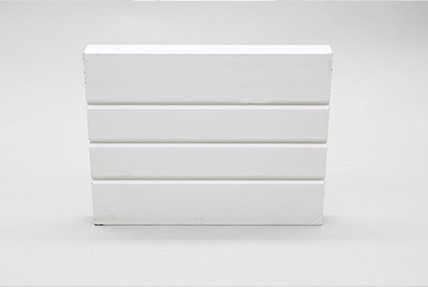
Understanding market trends, customer preferences, and competitors’ offerings can help in developing door transition molding that meet market demands and stay competitive.
The ability to offer customization options to customers can be a competitive advantage. Flexibility in production processes to accommodate custom orders is important.
Having a skilled and motivated workforce is crucial for maintaining productivity and quality standards. Providing training and development opportunities can help retain talent.
MDF interior door trim is generally more affordable than solid wood trim, making it a budget-friendly option for homeowners and builders.
MDF is manufactured to be uniform in density and composition, resulting in consistent quality and appearance across the entire piece of trim.
MDF has a smooth and flat surface, making it ideal for painting and finishing. It does not have the grain patterns or knots found in natural wood, providing a clean and uniform appearance.
MDF is less prone to expansion, contraction, and warping compared to solid wood trim, making it a stable and durable option for interior door jamb moulding applications.
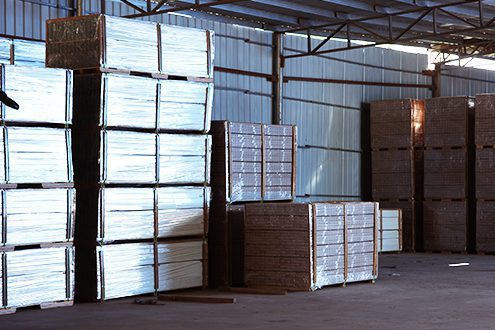
Understanding market trends, customer preferences, and competitors’ offerings can help in developing door transition molding that meet market demands and stay competitive.
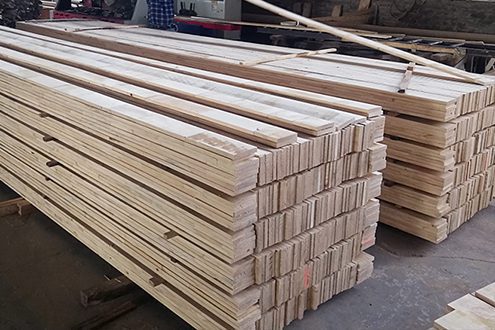
The ability to offer customization options to customers can be a competitive advantage. Flexibility in production processes to accommodate custom orders is important.

Having a skilled and motivated workforce is crucial for maintaining productivity and quality standards. Providing training and development opportunities can help retain talent.
The width of the interior door stop moulding should match the thickness of the door to ensure a proper fit. Standard interior doors are typically 1 3/8 inches (35 mm) thick, while exterior doors are usually 1 3/4 inches (44 mm) thick. The door jamb should be sized accordingly to accommodate the door thickness.
The width of the interior door stop molding may also be influenced by the thickness of the walls where it will be installed. Standard wall thickness for residential construction is typically 4 1/2 inches (114 mm) or 6 inches (152 mm) for 2×4 or 2×6 framing, respectively. The door jamb should be sized to fit within the wall framing.
Local building codes may specify minimum requirements for stop mdf mould size and construction to ensure structural integrity and safety. It’s important to consult with local building authorities or refer to building codes to determine the appropriate size for door jambs in your area.
In some cases, transition molding doorway may be customized to accommodate specific design preferences or architectural features. This could involve using wider or narrower jambs, or incorporating additional trim elements or decorative details.
MDF cabinet door frame moulding is made from medium-density fiberboard, a composite wood product composed of wood fibers, resin, and wax. It is engineered to be dense, stable, and uniform in composition, providing consistent quality and performance.
MDF door trim comes in a variety of profiles or styles, each with its own distinctive shape and design elements. Common profiles include colonial, ranch, craftsman, beaded, ogee, dentil, and chair rail, among others. The profile of the trim determines its overall appearance and decorative features.
MDF door trim is available in various dimensions, including width, thickness, and length. Standard widths range from 2 inches to 4 inches, while thicknesses typically range from 1/2 inch to 3/4 inch. Lengths can vary depending on the manufacturer and may be sold in standard lengths or custom lengths.
MDF stained doors and trim is typically sold unfinished, allowing for customization with paint, stain, or clear coat finishes. However, some manufacturers offer pre-finished MDF trim in a variety of colors and finishes to match different interior design schemes.
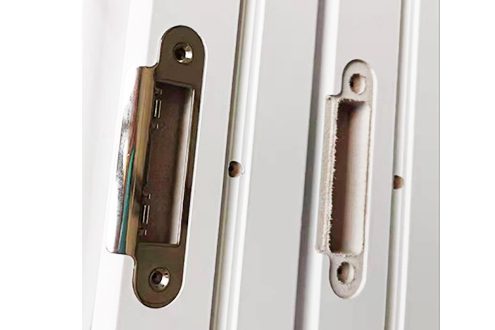
We can do holes on the door jamb that allow you can use our door jamb directly, all holes for locks and hinges are all available for you.
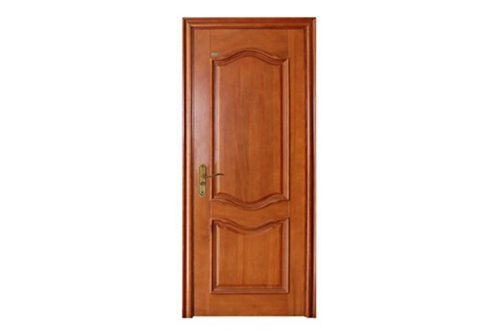
We can do the profile cutting for you with sharp 45 degree rail, allow you save much step for your using, pack them with smaller pack is also available.
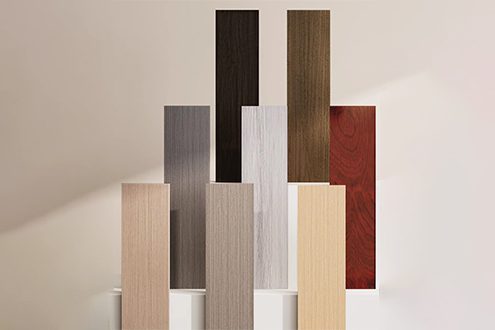
Finished moulding is not primed surface treatment, they are lamination or paint on the surface, you can use them directly without the last coating treatment.